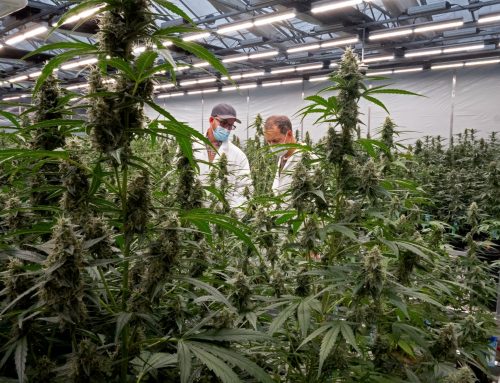Economic Report Foresees Financial Upside for Ohio in Legalizing Recreational Cannabis
LOS ANGELES — A recent economic assessment suggests that Ohio could reap significant financial benefits should voters opt to legalize recreational cannabis use. As reported by the Ohio Capital Journal, analysis from the Columbus-based Scioto Analysis indicates an annual net benefit of approximately $260 million if Issue 2 is approved in the upcoming November 7 election.
Issue 2, if passed, would enable adults aged 21 and over to legally use cannabis for recreational purposes. The memorandum, which comes ahead of the ballot measure, extrapolates its projections from data gathered in states where recreational use is currently legal.
Tax Revenue: A Cornerstone for Social Programs
Central to the argument for legalization is the substantial tax revenue it could generate. A 10% excise tax, in addition to the usual sales tax, is expected to bring in $190 million a year. These funds would be channeled into social programs, including the Cannabis Social Equity and Jobs Fund and the Substance Abuse Addiction Fund. With careful allocation, these programs may yield a significant return on investment, with the equity and jobs fund potentially offering $5.76 in benefits for every dollar invested.
Job Creation and Wage Benefits
The transition to a legal cannabis market may also boost employment, with an estimated 3,300 jobs to be created in the first year, leading to $190 million in wages. Michael Hartnett, a policy analyst, highlights that the effective use of tax dollars raised is a major factor in tipping the scales toward the benefits of legalization.
Consumer Surplus and Reduced Costs
Consumers stand to enjoy a windfall of savings, to the tune of an estimated $98 million in consumer surplus. This metric reflects the savings between what consumers are willing to pay versus what they actually spend. Comparisons with Washington state’s tax structure were used to estimate this benefit, although the continuation of a strong illicit market could potentially dampen these gains.
The Impact on Law Enforcement and Legal Expenses
Beyond economics, the societal impact includes a predicted reduction in cannabis possession arrests, potentially saving more than $38 million in law enforcement and legal expenditures. Reflecting on data from the ACLU, an average marijuana-related arrest can cost law enforcement approximately $4,400, with the arrested individuals facing significant personal financial burdens as well.
The legalization in Washington state, for instance, led to an 87% drop in arrests for adults over 21, an outcome Ohio could emulate. Moreover, reducing incarcerations related to cannabis could ease financial strains on the state’s budget, with annual costs per inmate reaching $30,600.
Acknowledging Potential Costs
Nevertheless, the report doesn’t shy away from acknowledging the possible downsides. The projected increase in cannabis-impaired driving and a speculated 1% decrease in worker productivity represent potential costs, with the latter possibly amounting to $760 million in lost productivity within the first year.
As Ohio voters weigh the pros and cons of Issue 2, the financial implications outlined by Scioto Analysis offer a data-driven glimpse into the potential future of the state’s economy and social landscape, should recreational cannabis use become legal.



































